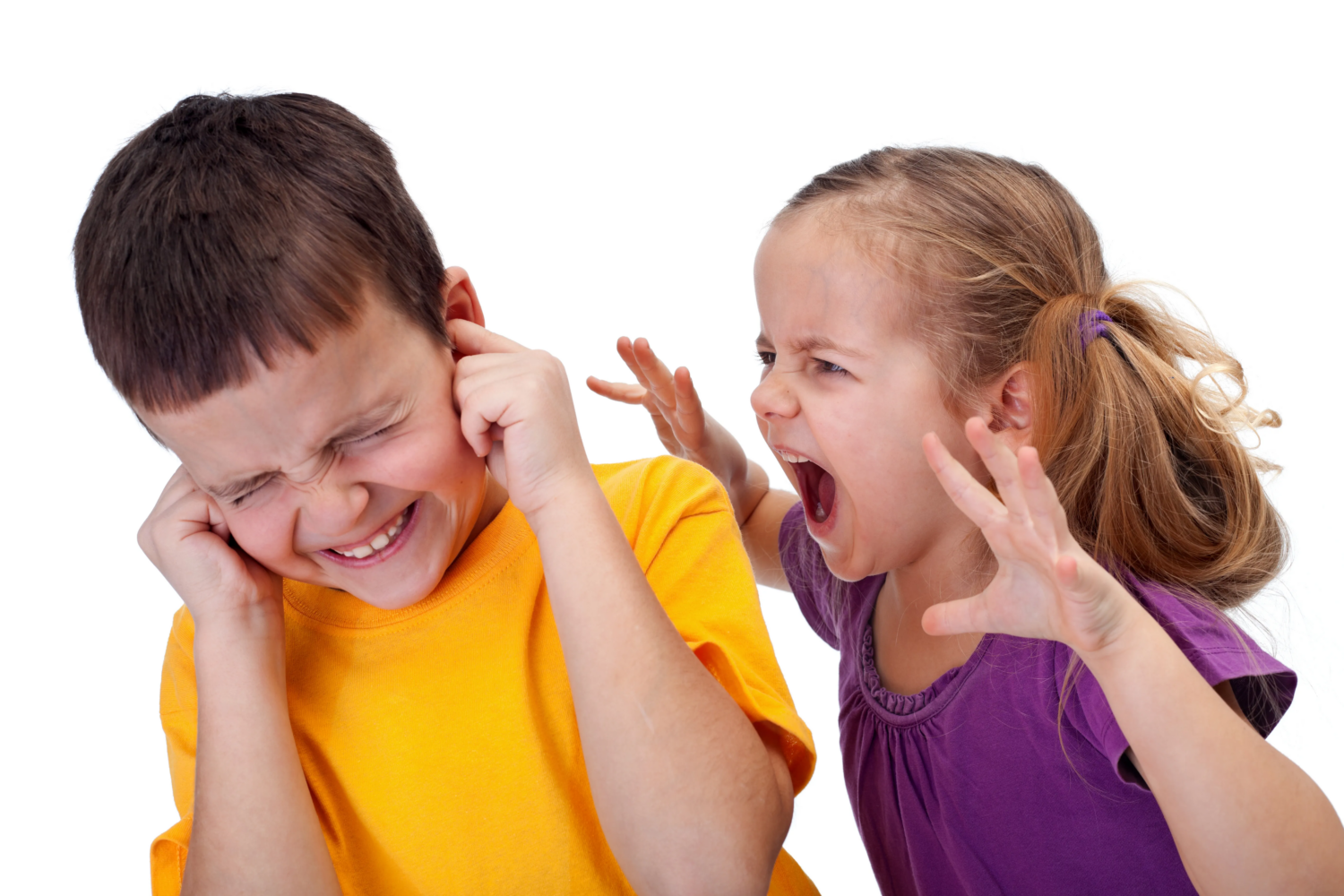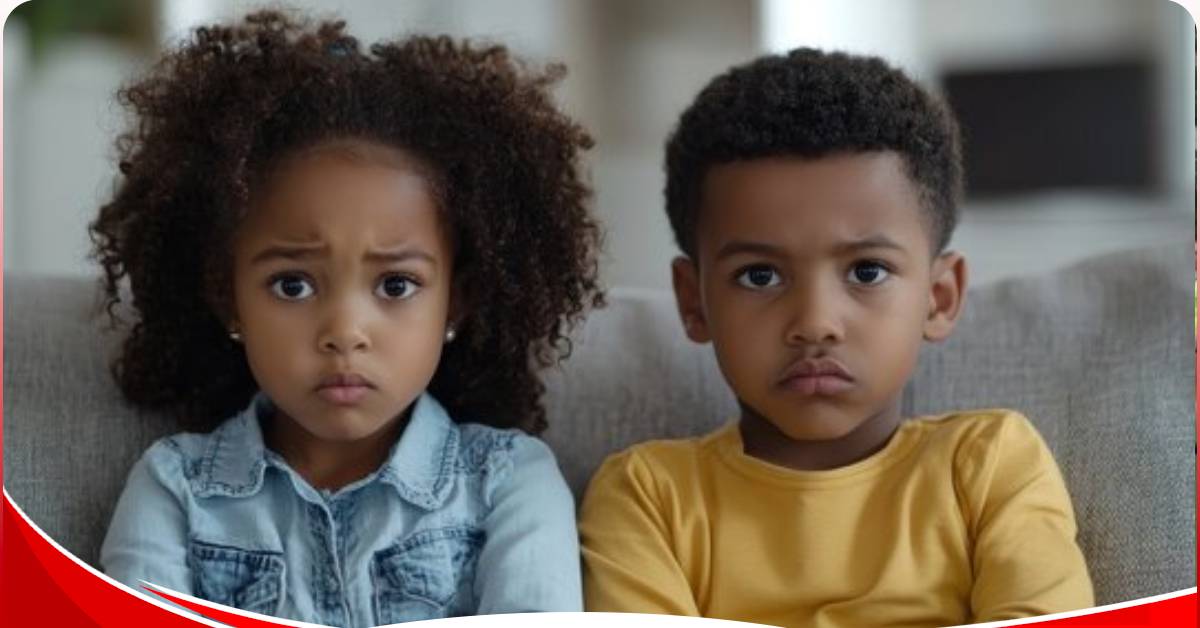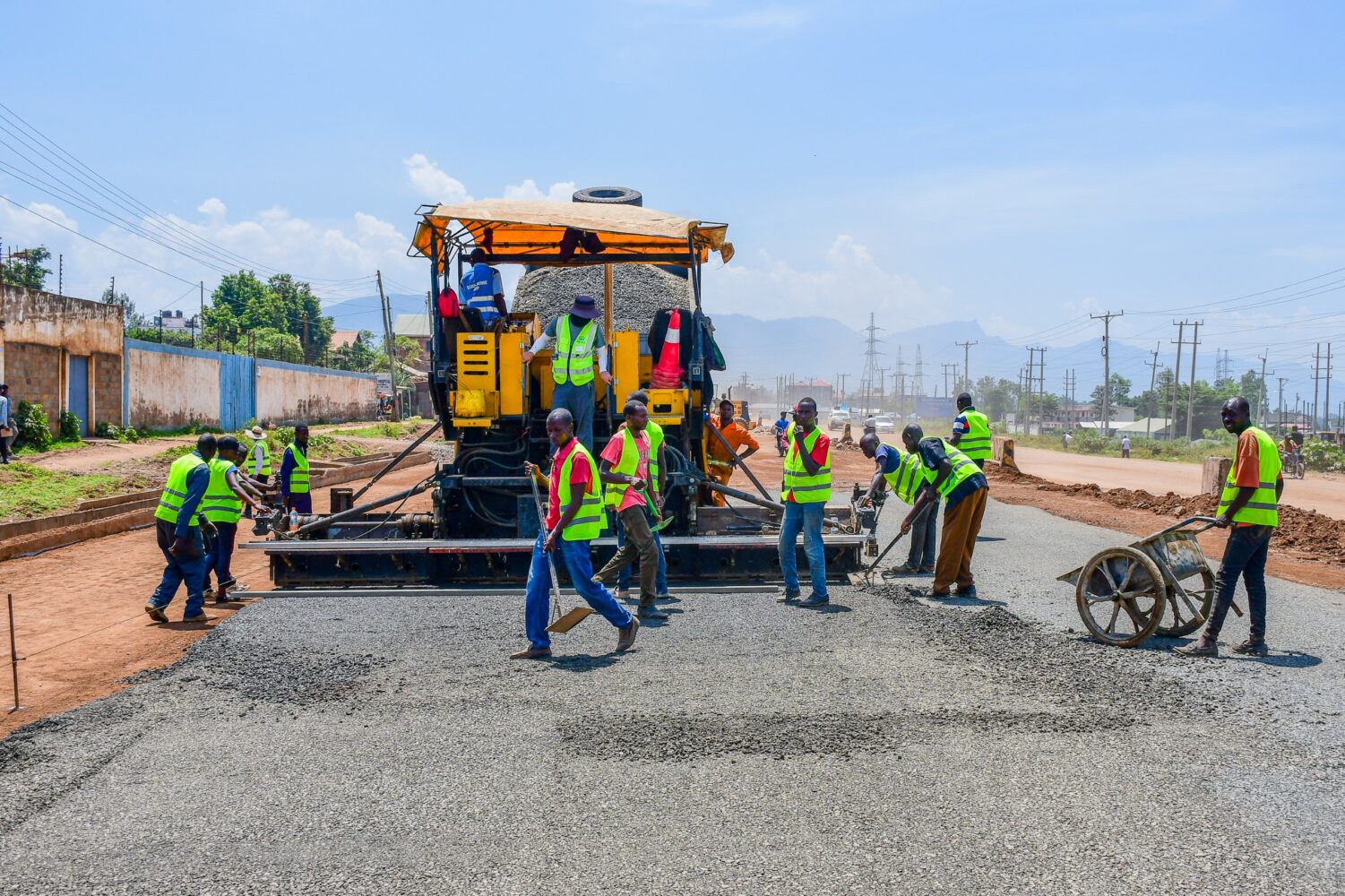Siblings fight. Yet sibling violence remains largely unrecognized, often dismissed as typical sibling rivalry.
Growing up in Sammie often found herself alone behind a locked door, seeking refuge from her older sibling’s violent outbursts.
Now an adult, Sammie recalls how even a small comment could trigger his rage. He would shout, throw things, and sometimes even lash out physically at her or their mother.

Sammie, remembers how these encounters began when her brother was just a child, around eight or nine.
His aggressive behavior would start with verbal abuse, then escalate to destroying belongings, and, at times, physical assault.
One incident left her with a scar when she had to shield herself from a screwdriver he threw.
Though they sought police intervention repeatedly, Sammie often felt invisible to the authorities.
“They didn’t even check on me,” she shared.

When Sammie could no longer endure this dangerous environment, she made a difficult choice.
She told her mother she would leave if her brother remained at home. Her mother ultimately asked him to move out, a decision that strained the family.
Since then, her brother has struggled with homelessness and drug use, further deepening the rift between them.
Sammie now finds it hard to consider him family, expressing that she would feel indifferent if he were no longer around.

While Sammie’s experience is harrowing, she is not alone.
Dr Hayley Boxall, a domestic violence expert from the Australian National University, explains that sibling-to-sibling abuse is alarmingly common.
According to research led by Dr. Boxall, many young people experience this abuse through emotional torment, physical aggression, and property destruction.
About 14% of those surveyed had experienced non-fatal strangulation by a sibling.

The impacts, however, are profound. Elisabeth Shaw, CEO of Relationships Australia NSW, emphasizes that abuse by a sibling can bring a distinct sense of betrayal, disrupting the bond many expect to share with siblings.
Additionally, victims may internalize abusive behaviour, carrying its effects into future relationships.
For Sammie, the journey to healing includes breaking this cycle.
She hopes to raise awareness of sibling violence and call for more resources to support victims and young perpetrators alike.
This hidden crisis deserves more attention, compassion, and a clearer path to support for siblings enduring abuse at the hands of their family members.












